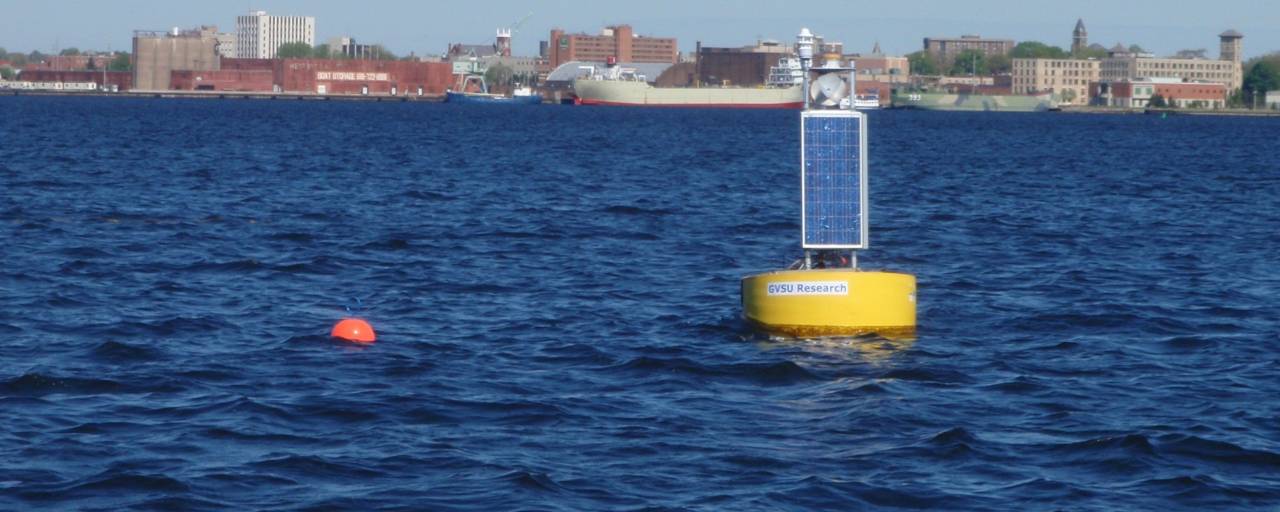News
Article Elucidating Organisms and Metabolic Pathways in a Lake Huron Sinkhole Published in mSystems
December 07, 2021
Alpena, MI - Using metatranscriptomic data, researchers from the University of Michigan, University of Wisconsin-Stout, and NOAA along with Dr. Biddanda deduced that the cyanobacteria Phormidium is responsible for the majority of transcripts for photosynthesis within the microbial mats of Middle Island Sinkhole in northern Lake Huron. Transcripts for both photosystem I and II for anoxygenic and oxygenic photosynthesis were present, demonstrating the metabolic versatility of the Phormidium population.
Findings from this work help to improve understanding of community interactions within sinkhole microbial mats. Tightly coupled interactions between organisms present in the mat community help to explain a lack of carbon accumulation in underlying sediments, as well as limited net oxygen production from the mat complex. This research also helps to shed light on the role of microbial metabolic interactions in the biogeochemistry of early Earth.

